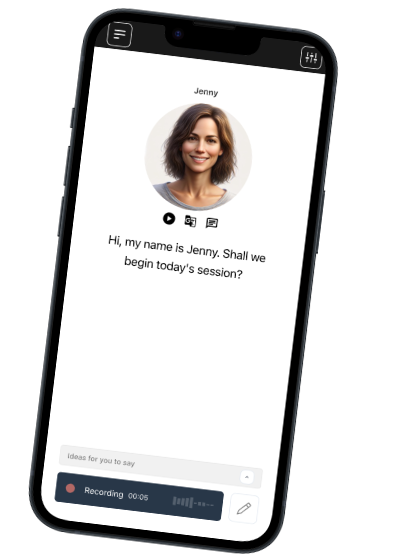Founded in Denmark. We respect your privacy.
Join a worldwide community of language learners
Why Do Some Languages Have No Word for ‘Yes’ or ‘No’? The Cultural Logic That Shocks English Speakers
Last updated on
Imagine trying to answer a direct question—like “Did you eat?”—without being able to simply say “yes” or “no.” For most English speakers, this sounds impossible. Yet, in several world languages, the words “yes” and “no” don’t exist at all—at least not as simple, one-word answers. Instead, speakers rely on repeating the verb, using context, or even giving full-sentence replies that might puzzle native English speakers. What’s behind this difference, and what does it reveal about the deep relationship between language and culture? Keep reading—because the surprising reason why some languages avoid “yes” and “no” may upend everything you thought you knew about clear communication.
The Curious Case of “Yes” and “No”
Languages like Japanese, Welsh, and Thai are often cited as examples of tongues that operate without a one-size-fits-all “yes” or “no.” For instance, in Japanese, if someone asks, “You didn’t go, did you?” the answer might be “I went,” or “I didn’t go,” depending on the facts—not just an automatic “yes” or “no.” This can lead to quite a bit of confusion for English speakers, who are used to sticking to the simple binary answers.
Welsh takes a similar approach. Instead of replying “yes” to “Are you coming?” you might repeat the verb—“I am coming!” or “I am.” The focus is on affirming or negating the action, not just the idea. Thai speakers also tend to echo the verb or rely on context to confirm or deny a statement.
If you’re learning languages like Japanese or Thai, you’ll quickly notice that responses aren’t always as straightforward as an English “yes” or “no.” Instead, learners are encouraged to understand the logic behind repetition and context in conversation.
Not Universal: A Historical and Cultural Perspective
This isn’t just a curiosity—it’s a clue about each culture’s views on conversation and clarity. According to linguistic surveys such as Ethnologue, about 10% of languages worldwide do not have single words for “yes” or “no.” Linguists believe that in cultures where context and hierarchy are highly valued, a flat “no” can seem too abrupt or impolite (see Britannica’s language overview). In those societies, repeating or paraphrasing the original statement can offer nuance and soften a response. It leaves more space for reading between the lines, which is often crucial in face-saving or group-harmonizing cultures.
In some East Asian cultures, for example, giving a direct “no” can come across as rude or confrontational. The language evolved to support indirectness, saving both parties from embarrassment. Conversely, Germanic languages, including English and German, tend to value directness, which is reflected in the language structure.
What This Means for Language Learners
So what’s a learner to do? First, recognize that translation isn’t always a word-for-word process. If you’re practicing with an AI tutor on Talkio, pay attention to the target language’s natural response patterns, not just the words themselves. Consider exploring cultural guides and practical conversation exercises to get used to this different rhythm of replying. If you’re working on Thai or Japanese, this flexibility will help you sound far more natural.
On a practical level, patience is key. You’ll need to practice listening for the verb or context, and get comfortable with the idea that an entirely accurate answer may not always be wrapped up in a neat “yes” or “no.” Sites like Omniglot offer examples of response patterns in different languages, which can enrich your understanding and help you adapt your speaking style accordingly.
So, Why Does This Happen?
Ready for that big reveal? The main reason some languages never developed a simple “yes” or “no” isn’t about vocabulary—it’s about communication style. Cultures with high-context communication rely less on explicit language and more on understanding what is meant from cues, status, and situation. Languages reflect this by embedding agreement or disagreement in actions, not abstract words. It’s a powerful reminder that sometimes, what your language can (or can’t) say arises directly from how your society thinks about truth, politeness, and even conflict.
If you’re on a journey to speak more naturally in a new tongue, exploring the unique ways different cultures say (or don’t say) “yes” and “no” is both humbling and rewarding. To see how you can practice natural conversation logic—without worrying about textbook translations—try out contextual AI-powered practice on the Talkio blog.
Talk Your Way
to Fluency

Talkio is the ultimate language training app that uses AI technology to help you improve your oral language skills!
Try Talkio


